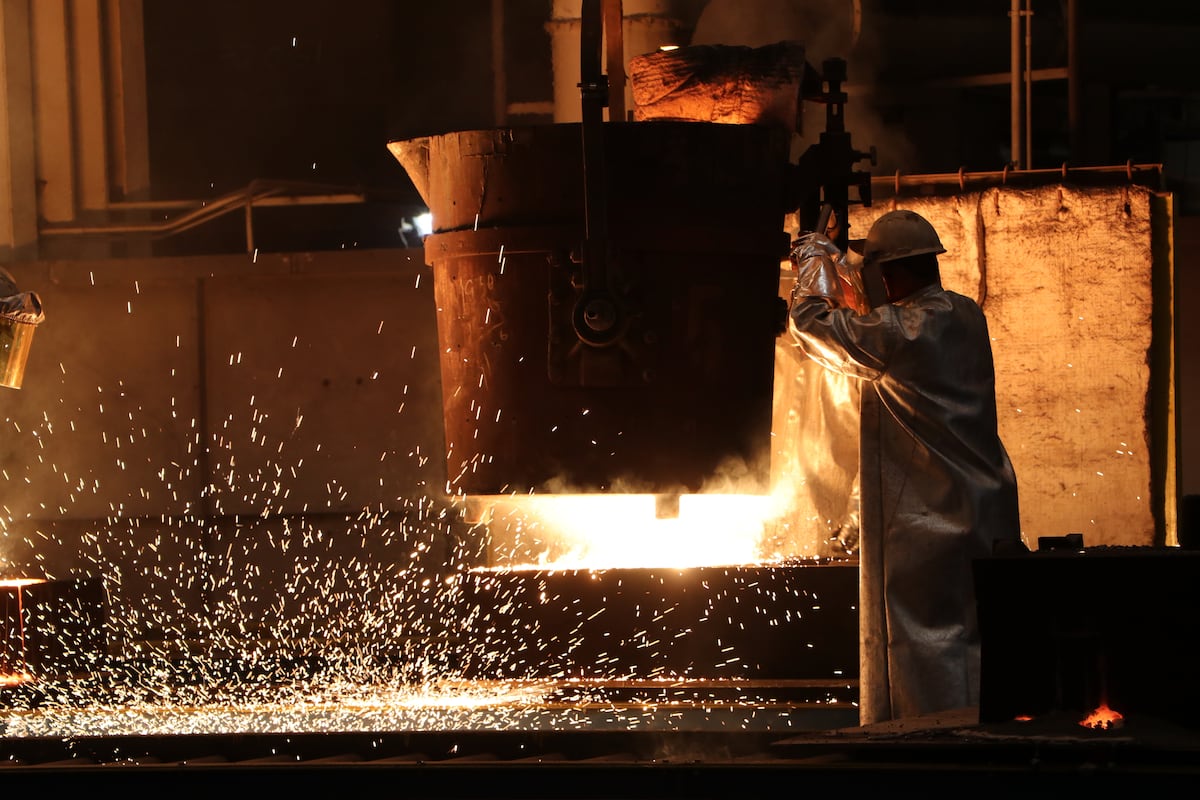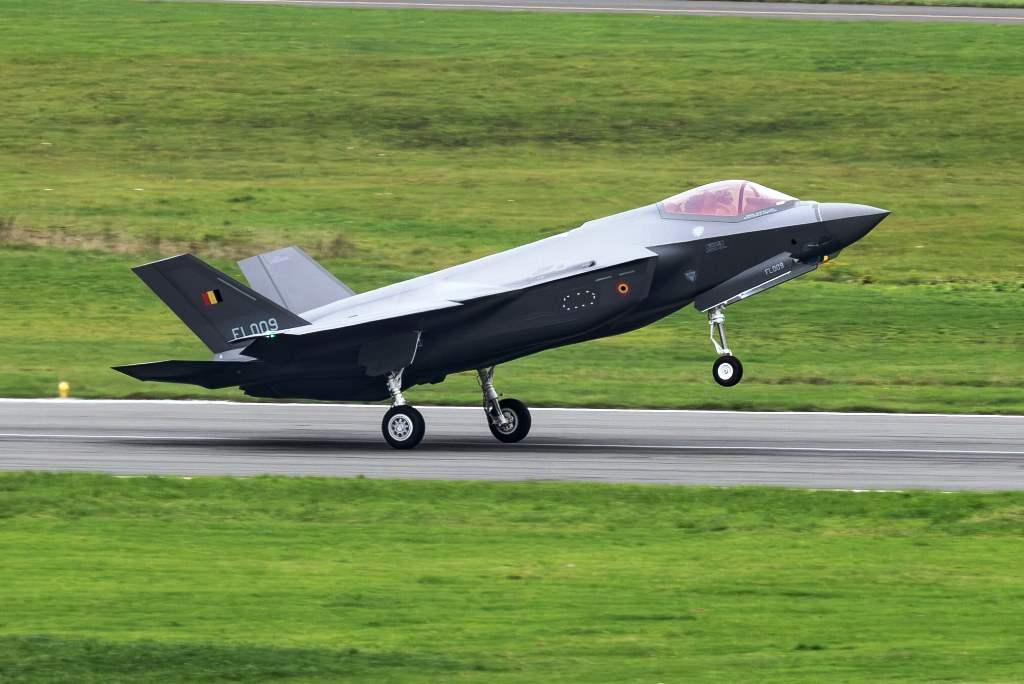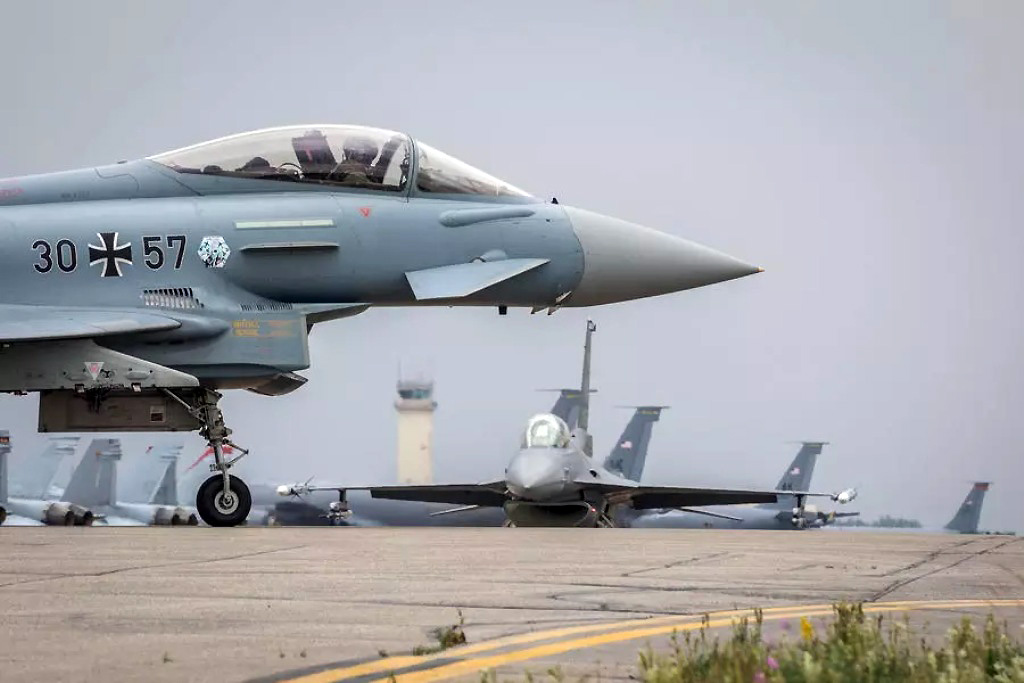Evolution of Army’s Abrams Tank: Advancements in Modular Design
Historical Context
The U.S. Army’s Abrams tank has not seen a new model in nearly three decades. As plans emerged for the next-generation combat vehicle, it became evident that a decade-long wait for significant advancements was unsatisfactory. The decision to award the M1E3 contract to General Dynamics (GD) last year highlighted the urgency for modernization.
Need for Flexibility in Requirements
During a recent address at the AUSA annual meeting in Washington, D.C., Danny Deep, GD’s executive vice president for global operations, emphasized that the existing requirements for the M1E3 would likely become outdated.
- Adaptability to Change: “That just isn’t going to cut it,” he stated, asserting that the Army could expect to revise its requirements numerous times before the M1E3 enters full service.
- Open Systems Approach: Rather than defining every component—such as communications systems and sensors—the Army is adopting an open architecture model. This design will facilitate the integration of new software and technology as they emerge.
Deep highlighted that key decisions surrounding subsystems are crucial, yet the evolution of these components will remain flexible over the next few decades. The aim is to create a dynamic, modular platform that enhances lethality and integration.
Timelines for Fielding
The timeline for fielding the M1E3 is accelerating. According to GD, soldiers should expect to receive and test this equipment as early as next year.
- Feedback Integration: Early access will allow soldiers to provide insights that could refine the vehicle further.
- Rapid Delivery Timeline: Instead of a protracted ten-year wait, capabilities may be delivered within the next two to three years.
Lessons from the M10 Booker Cancellation
The M1E3 serves as a pivotal element in the Army’s strategic overhaul in acquisition practices. This shift stands in stark contrast to the recent cancellation of the M10 Booker light tank, which fell victim to evolving requirements that had become untenable.
- Future-Readiness: The current focus is less about predicting technological advancements and more about ensuring that innovations can be adapted swiftly to avoid bureaucratic pitfalls.
Modularity in Infantry Systems
The Army’s pivot to modular design extends beyond tanks. The infantry squad vehicle (ISV), for instance, illustrates a commitment to flexibility and integration.
- Design Considerations: Pete Johnson, vice president of integrated vehicles at General Motors, indicated that the ISV-Utility variant was designed with pre-drilled bolt-on positions to easily accept new technology as it is developed.
- Scalability: This design philosophy means that equipment can be readily mounted, enhancing the utility of the platform across various mission profiles.
Continuous Evaluation of Requirements
General Randy George, Army Chief of Staff, addressed the ongoing assessment of thousands of requirements across acquisition programs to ensure their relevance and practicality.
- Streamlining Acquisitions: “How do we simplify that process?” he posed, inviting feedback to refine practices in acquiring new systems.
This proactive approach marks a significant shift in how the Army envisions its operational capabilities, ensuring that they remain agile in the face of rapidly changing technological landscapes.





